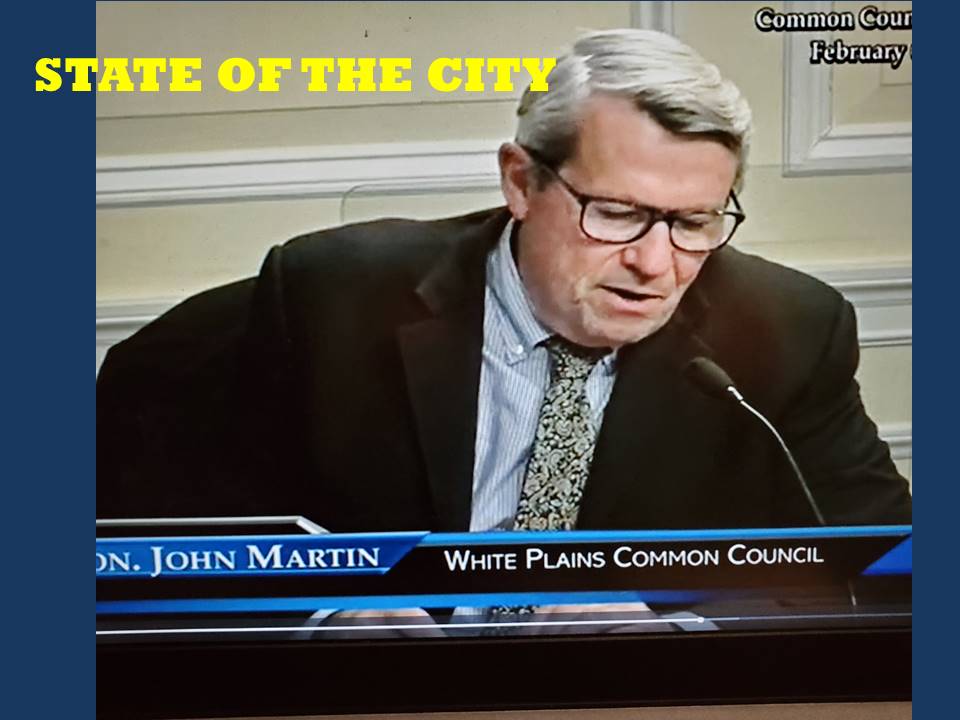Hits: 52
WPCNR HUD WATCH. From the County Board of Legislators. June 26, 2014:
James E. Johnson of Debevoise & Plimpton LLP, the HUD Monitor appointed to supervise Westchester County compliance with its affordable housing settlement, challenged the county yesterday to do better and put together an acceptable “Analysis of Impediments” to building affordable housing to compete HUD’S demand the city provide 750 of affordable units.
Failire to do so, in a timely fashion will result in a permanent loss of additional $5.2 Million in HUD community development aid withheld from the county in 2012, bringing the total of aid taken away from the county to $12 Million. He concluded his 70-page chronicle of the dispute to date with this paragraph:
“If the parties are unable to resolve this dispute, the County will lose an additional $3,915,674 in CDBG funds, $846,884 in HOME funds, and $465,789 in ESG funds, a total of $5,228,327 in funds that would aidthe County in furthering the purposes of the Settlement as well as bettering its community.
The uncompromising concluding paragraph ended a 70-page Progress Report on the ongoing dispute between Westchester County and the Department of Housing and Urban Development over resolving alleged discrimination in zoning in 31 Westchester Communities.
Johnson wrote 17 of the 31 communities have failed to adopt a model ordinance that would remove zoning restrictions. Johnson writes in the report:
“As of March 31, 2014, 17 of the 31 municipalities have failed to adopt a versionof the model ordinance. See Ex. 16 (2014 Q1 Report) at 17. Paragraph 33(c) of the Settlement requires the County to “create and fund campaigns to broaden support for fair housing . . . including public outreach specifically addressing the benefits of mixedincome housing and racially and ethnically integrated communities.” A concerted public education campaign directed at existing Westchester residents would raise awareness and reduce the potential for the local approval process to be used as a vehicle for racialanimus. The County has yet to fulfill this obligation under the Settlement.”
In the report, Johnson blames County Executive Robert P.Astorino for blocking the Board of Legislators initiative to pave the way for creating a zoning code that could meet HUD’S adjustments, writing:
“…the Chairman of the BOL (Mike Kaplowitz) engaged with HUD in an effort to resolve the impasse. In a letter dated May 6, 2014, the Chairman represented that the BOL had the “necessary authority” to provide the requested assurances to HUD, and provided the legal justification for doing so.
HUD requested that the Chairman provide HUD with: (1) a timeline and benchmarks for enacting a local law that commits the County to providing the necessary assurances; (2) a “plan for completing the required zoning analysis;” and (3) an “explanation of the Board’s authority to subsume traditional executive functions necessary to implement” astrategy to overcome exclusionary zoning practices. As part of its effort to revise the County’s AI (Analysis of Impediments), the BOL asked the Monitor to task his housing experts to conduct an evaluation of the 31 eligible municipality’s zoning ordinances under the federal standard for exclusion
The Monitor (Johnson) agreed to oversee the analysis, and provided HUD, the BOL, and the County Executive with the proposed methodology to be used in conducting the analysis, and requested that the parties notify him with any objections.
The County Executive (Mr. Astorino) has opposed this approach. In a press release issued on June 5, 2014, he characterized the Monitor’s letter as “a plan to rewrite the 2009 federal affordable housing settlement” in such a way that would give HUD “unprecedentedpower to dismantle local zoning.”
The County Executive also sent a letter to the 31 eligible municipalities stating that the alleged “changes to the Settlement” would result “in the loss of Home Rule, your authority to control local land use – as guaranteed by the New York State Constitution,” and that “HUD could dictate local zoning changes and open your municipality to never-ending investigations by the federal government.”
